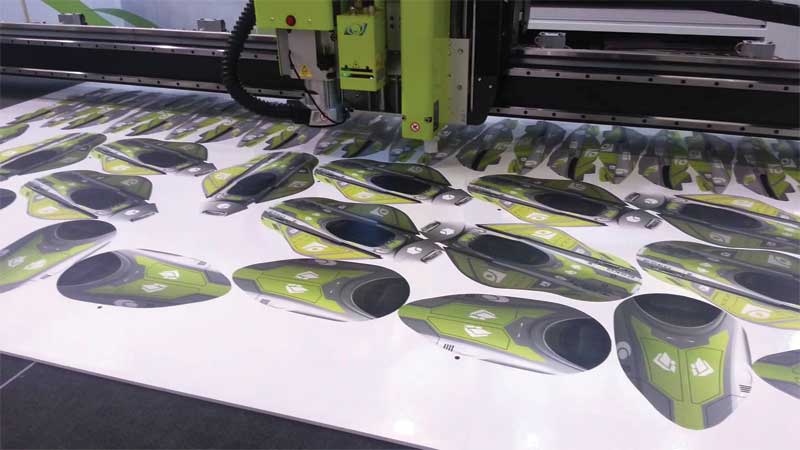By Peter Saunders
Most sign shops use mainstream design software to check and correct their incoming wide-format graphic files and make them print-ready. Software that is not industry-specific, however, lacks much of the dedicated functionality needed to produce signage quickly and efficiently.
A better option is to use tools developed especially for the production of signs and graphics, as these can streamline production from file preparation to printing to finishing. The following are a few examples of specialized functions to look for:
Preflighting
Advanced software for preflighting Portable Document Format (PDF) files can report any problems automatically, before the files go to the printer. There is no need for the user to manually engage the software to figure out why an image will not print properly.
Similarly, multi-page PDF files should be easily edited, whether converting red, green and blue (RGB) image data to the cyan, magenta, yellow and key/black (CMYK) colour space, substituting lower-resolution images or adjusting boundary boxes.
Extending graphics
For banners, flags and other textile-based applications, graphics often need to be extended to (a) compensate for deformation of the substrate during printing or (b) to add a printed hem.
In signmaking software, this can be done quickly by mirroring the image data. This is even possible with double-sided graphics.

‘Nesting’ is the optimization of layout for multiple images within a print job, to help minimize waste.
Grommet marks
Grommet marks, too, can be automatically laid out for textile-based graphics before they are printed and finished. Attempting to accomplish the same function manually in desktop design software not only takes a lot of time, but is also prone to errors.
Nesting
‘Nesting’ is the optimization of layout for multiple images within a print job, so as to minimize substrate waste. While the nesting of rectangular shapes is generally not a major challenge for the manual desktop software user, fitting a myriad of irregularly shaped graphics within a panel can be much harder.
With specialized software automating this step, any job can be quickly laid out in the most economical way, based on each image’s unique shape and cutting contours. This substantially reduces pre-press, production and finishing time.
Also, as with the extending of graphics, signmaking software can handle nesting for double-sided graphic jobs automatically, synchronizing the front and back designs.






